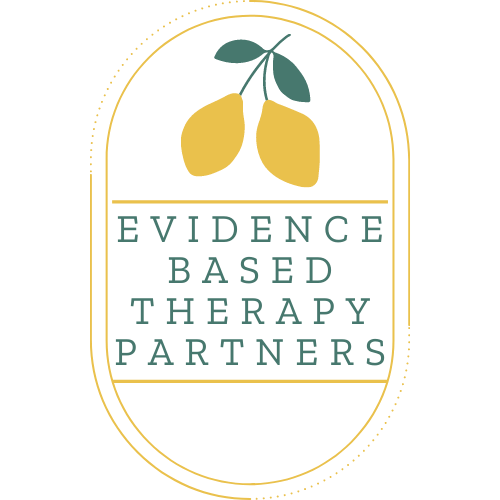
“They always say time changes things, but you actually have to change them yourself.”
—Andy Warhol
Cognitive Behavioral Therapy (CBT)
Cognitive Behavioral Therapy (CBT) is one of the most widely known and researched therapies. Initially, developed by Dr. Aaron Beck, CBT therapy has grown and developed over the last 60 plus years since its inception. CBT posits that there is a connection between our thoughts, feelings, and behaviors. When we can see this connection in situations in our lives that are distressing to us, we can start to make the changes that will alleviate our suffering.
Traditionally, CBT places the most focus on helping people catch their inaccurate and unhelpful thoughts in distressing situations, evaluate these thoughts to see their inaccuracies, and replace them with more accurate or helpful thoughts. Over time, the field recognized how influential our behavioral patterns were on our overall well-being or distress levels. In addition to targeting thoughts to help individuals with their distress, CBT also helps individuals develop new behavioral patterns and change how they are responding to their thoughts to influence change.
Ultimately, the goal of CBT is to teach patients how to be their own therapists. In this vein, the therapy is meant to be short-term, goal-oriented, and present focused.
How CBT Works
Cognitive Interventions.
Let’s say your boss came into the office one morning and didn’t say hi to you. You immediately notice a surge of anxiety and shame and your mind starts handing you thoughts such as “you see, she hates you”, “you are clearly the worst employee and such a failure”; “you’re probably going to be the first one to get fired the next time layoffs come around.”
Cognitive interventions include:
Look at your thoughts
Evaluate whether what you are saying to yourself has validity based on the available facts
If you were making assumptions, CBT would ask you to think about other ways to see this situation
For example, “There is no evidence that my boss not saying hi to me has anything to do with me, perhaps something else is going on here.”
The important point here is that CBT helps people see that the situation itself doesn’t dictate our emotions, it’s our thoughts about situations that often influence how feel.
Behavioral Interventions.
The therapy often also takes a behavioral focus, as the name Cognitive Behavioral Therapy would suggest.
Behavioral interventions include:
Exposure to situations or things that someone may be avoiding because of fear
Behavioral experiments, which are intentionally designed exercises to check out the accuracy of one’s thinking
Behavioral Activation to help individuals break patterns that maintain mood symptoms
Contingency management to guide establishment of new behavioral patterns
Skill Building to establish new behavioral repertoires
Acceptance- and Mindfulness- Based Interventions
The important point here is that CBT also helps people to find ways to engage in different behavioral patterns to help influence changes in thoughts and emotional experiences.
CBT is evidence-based for a wide range of disorders including:
Depression
Panic Disorder
Health Anxiety
Substance Abuse Disorders
Psychosis
Bipolar Disorder
Social Anxiety
Relationship Problems
Anger Problems
Severe Mental Illness
…Among others…
Resources
Books.
by Richard F. Farmer, PhD, and Alexander L. Chapman, PhD
Cognitive Behavior Therapy, Third Edition: Basics and Beyond
by Judith S. Beck
Research Articles.
The Efficacy of Cognitive Behavioral Therapy: A Review of Meta-analyses
by Stefan G. Hofmann, Ph.D., Anu Asnaani, M.A., Imke J.J. Vonk, M.A., Alice T. Sawyer, M.A., and Angela Fang, M.A.
If you think you can benefit from CBT, please don’t hesitate to reach out.Your provider can help you determine which treatment option is best suited for you.
“We change our behavior when the pain of staying the same becomes greater than the pain of changing.”
— Henry Cloud

